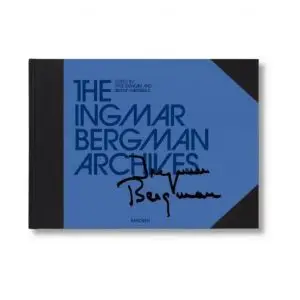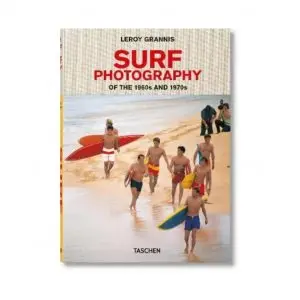At the turn of the 20th century, Vienna became an epicentre for new thought. A multi-disciplinary environment emerged where music, writing and intellectual thought all flourished, often brought together in the capital’s famous coffee houses. This was the time of Freud and Wittgenstein, of Mahler and Schoenberg, and of the Secession (1897-1905), the modern movement led by Klimt, Josef Hoffmann and Koloman Moser that aimed to bring different arts together in a `Gesamtkunstwerk’, a total work of art; of Jugendstil, Vienna’s Art Nouveau; and of the Wiener Werkstatte, the workshop founded in 1903 by Moser and Hoffmann that revolutionized the decorative and graphic arts.
There have been many exhibitions and publications devoted to this efflorescence, and even more monographs devoted to its key players. None, however, brings together a selection of visual material from across the different artistic disciplines as significant as this current volume, curated and authored by three leading scholars of the period. The book covers all areas of production: painting and drawing; decorative arts and crafts; applied art and book design; fashion, photography and architecture. In each section the illustrations take the lead, creating an invaluable visual reference point for all those eager to identify a given category of the arts within this period, particularly in the field of the decorative arts, from ceramics to glass, silverwork, furniture, jewelry; and graphic arts, from book design to posters and postcards. There are also many less familiar works in the field of fashion and photography, and a particular focus is given to the role of women in all disciplines of the time.





